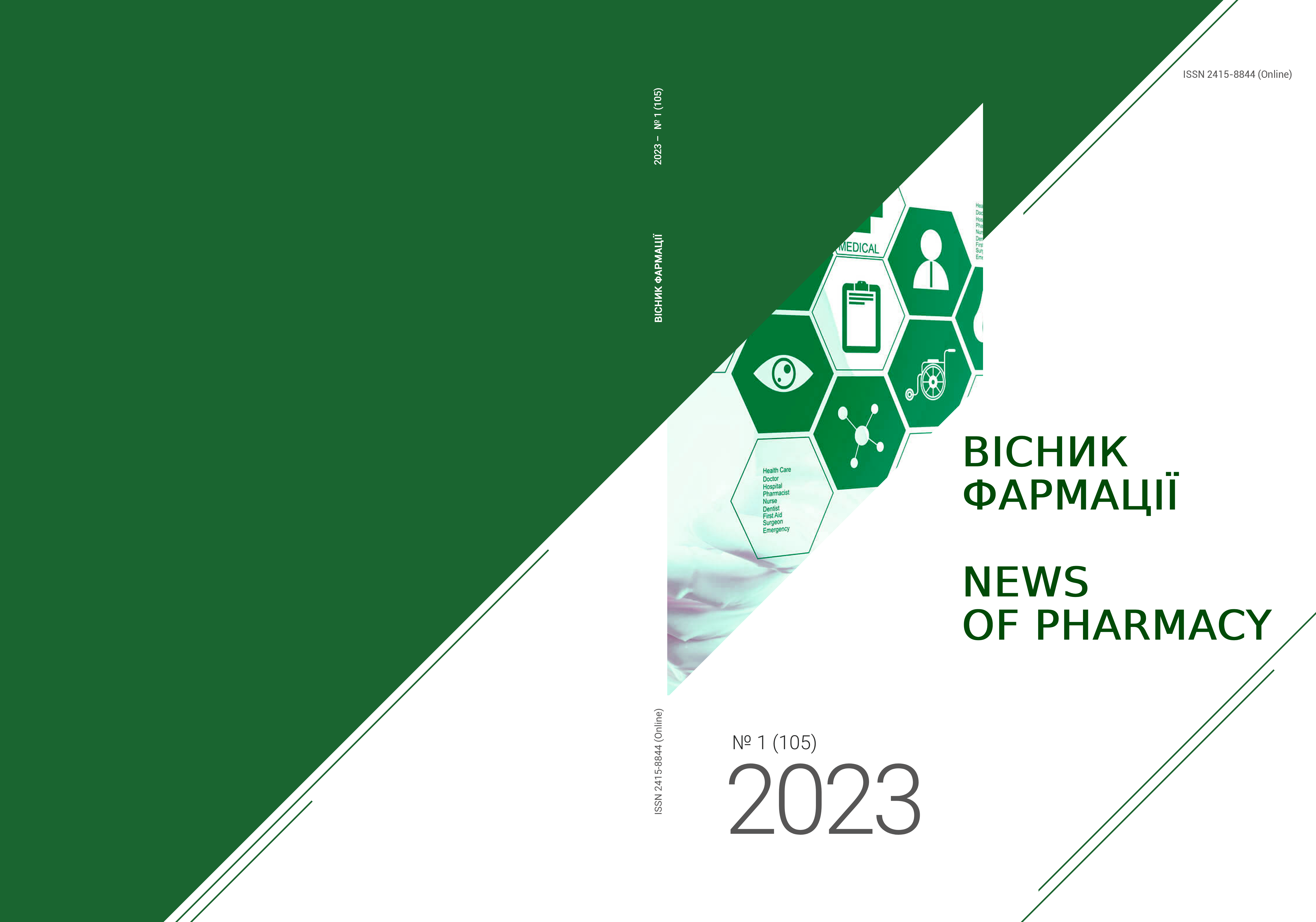Peculiarities of the filtration process of liposomal emulsion for the production of eye drops based on a peptide complex
DOI:
https://doi.org/10.24959/nphj.23.102Keywords:
liposomes; liposomal emulsion; eye drops; sterile filtrationAbstract
Liposomes are increasingly being studied and implemented as drug delivery systems in the form of eye drops. An important stage in the production of a liposomal preparation in the form of eye drops is the stage of sterilization filtration before filling the medicinal product into a container for final dosage. It is assumed that liposome components interact with the membrane and clog it due to their unique physicochemical properties. Therefore, a deeper understanding of the sterilization filtration of liposomes is needed to make appropriate decisions regarding the choice of filters for sterilization.
Resistance and permeability values calculated from the Darcy equation are well suited for comparing different filter membranes or process parameters.
Aim. To substantiate the choice of optimal brands of filter membranes and parameters of the liposomal emulsion filtration process for the production of eye drops based on a peptide complex.
Materials and methods. The study object was a liposomal emulsion for the production of eye drops based on a peptide complex. A prepared liposomal emulsion of eye drops based on a peptide complex and membrane filters of various brands were used for filtration. Filtration tests were performed on a Zero-T scaling unit manufactured by Sartorius, Germany. For all measurements, the filtrate weight was controlled using a balance. Filtration experiments were evaluated using Zero-T 2.0 software from Sartorius Stedim Biotech, Germany. At the first stage, the recorded data of the results was saved to a file. Based on the data obtained using the Excel table processor, the filtration flow J°, the initial resistance of the membrane R°zag and the throughput Ṽ were calculated according to the calculated measurement time: the beginning of T10 % and the end of T80 %.
Results and discussion. According to the results obtained, the optimal brands of sterilizing membranes were determined; it was shown that by increasing the pressure drop, the volumetric throughput was significantly improved by more than 18 times (from 0.7 to 4.1 bar), and in another experiment – by more than 10 times (from 0.3 to 2.1 bar). In addition, the benefit of using a higher pressure drop to filter liposomes through various sterilizing membranes was shown.
Conclusions. The obtained values of the initial resistance of the membrane showed that the geometrical aspects and properties of the material of the Supor® (Pall) and Sartopore 2® (Sartorius) membrane brands have a lower ability to block the membrane during filtration and provide the filtration resource due to greater throughput. It has been also shown that the use of a higher pressure drop increases the productivity of the process.
References
Dieter D., Suwan L., Sabine D., Chan K J., Gregor S., Wanda M. Comparative study of treatment of the dry eye syndrome due to disturbances of the tear film lipid layer with lipid-containing tear substitutes. Klin Monatsbl Augenheilkd. 2006. Vol. 223. P. 974-983.
Mishra, G. P., Bagui, M., Tamboli, V., Mitra, A. K. Recent Applications of Liposomes in Ophthalmic Drug Delivery. Journal of Drug Delivery. 2011. Vol. 2011. DOI: 10.1155/2011/863734.
Liposomal Drug Delivery: A Versatile Platform for Challenging Clinical Applications / A. Madni et al. J Pharm Pharm Sci. 2014. Vol. 17 (3). P. 401-426. DOI: 10.18433/j3cp55.
Liposomes in topical ophthalmic drug delivery an update / R. Agarwal et al. Drug Deliv. 2016. Vol. 23 (4). P. 1075–1091. DOI:10.3109/10717544.2014.943336.
Folmsbee M., Moussourakis M. Sterilizing filtration of liposome and related lipid containing solutions: Enhancing successful filter qualification. Accepted for review, PDA. Journal of Pharmaceutical Science and Technology. 2012. Vol. 66 (2). P. 161-167. DOI: 10.5731/pdajpst.2012.00771.
Food and Drug Administration. Liposome Drug Products - Guidance for Industry. Pharm. Qual. Revision. 2015. Vol. 1. P. 1–13.
Brendzel A. M., Miller I. F. Effects of lipid-soluble substances on the thermotropic properties of liposome filtration. Biochim. Biophys. Acta. 1980. Vol. 601. P. 260–270. DOI: 10.1016/0005-2736(80)90531-3.
Verein Deutscher Ingenieure. VDI-Gesellschaft Verfahrenstechnik und Chemieingenieurwesen (GVC). 10th ed. Springer-Verlag Berlin Heidelberg New York, 2006.
Mahler H.-C., Friess W., Grauschopf U., Kiese S. Protein Aggregation: Pathways, Induction Factors and Analysis. J. Pharm. Sci. 2009. Vol. 98. P. 2909–2934. DOI: 10.1002/jps.21566.
Pitt A.M. The nonspecific protein binding of polymeric microporous membranes. J. Parenter. Sci. Technol. 1987. Vol. 41. P. 110–113.
Discacciati, M. D., Quarteroni, A. Q. Navier-Stokes/Darcy Coupling : Modeling, Analysis, and Numerical Approximation. Rev. Mat. Complut. 2009. Vol. 22. P. 315–426. DOI: 10.5209/rev_REMA.2009.v22.n2.16263.
Downloads
Published
Issue
Section
License
Copyright (c) 2023 National University of Pharmacy

This work is licensed under a Creative Commons Attribution 4.0 International License.
Authors who publish with this journal agree to the following terms:- Authors retain copyright and grant the journal right of first publication with the work simultaneously licensed under a Creative Commons Attribution License that allows others to share the work with an acknowledgement of the work's authorship and initial publication in this journal.
- Authors are able to enter into separate, additional contractual arrangements for the non-exclusive distribution of the journal's published version of the work (e.g., post it to an institutional repository or publish it in a book), with an acknowledgement of its initial publication in this journal.
- Authors are permitted and encouraged to post their work online (e.g., in institutional repositories or on their website) prior to and during the submission process, as it can lead to productive exchanges, as well as earlier and greater citation of published work (See The Effect of Open Access).


